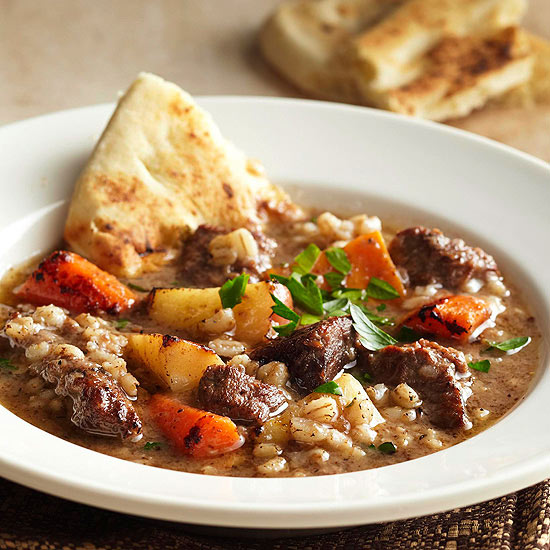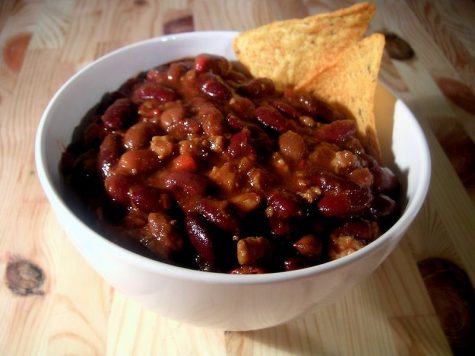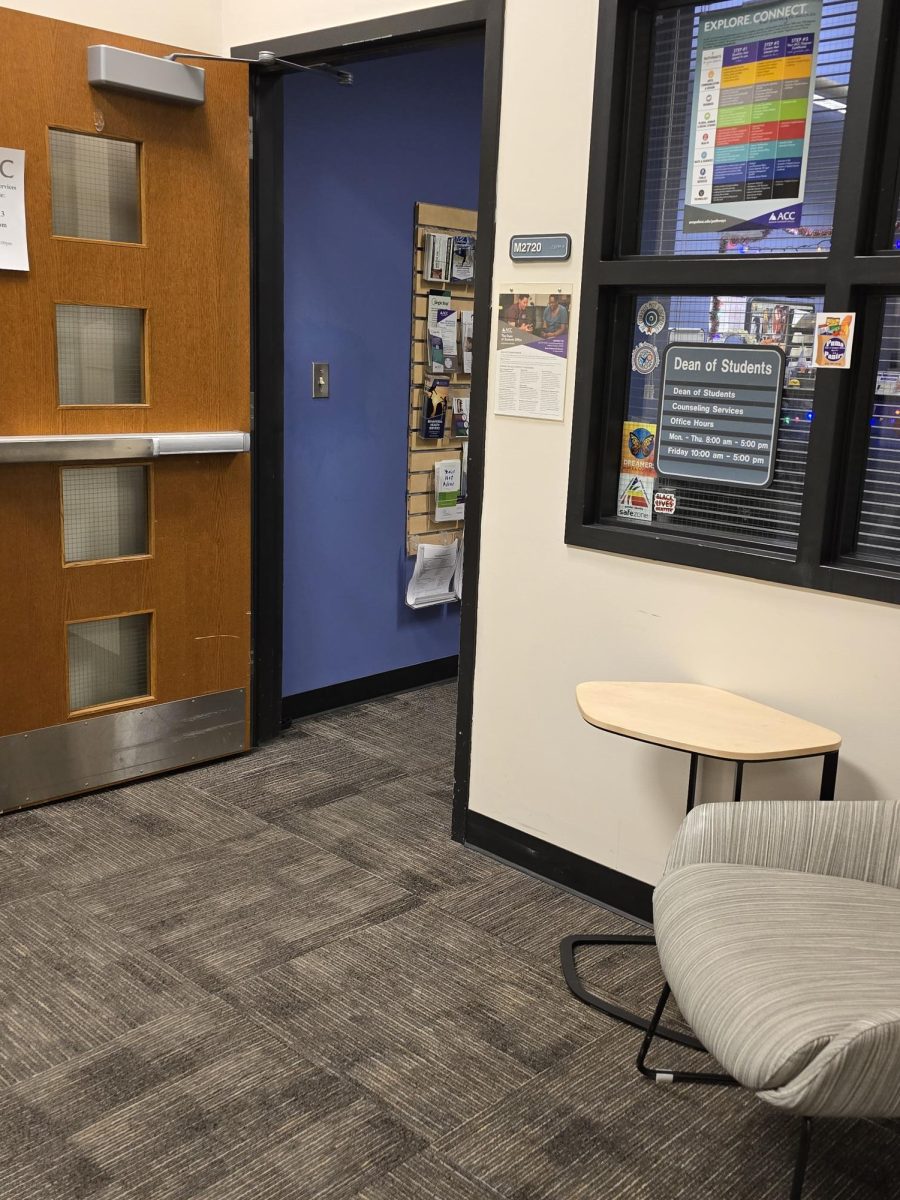
This story was originally published on Dec. 8, 2017.
It’s cold. It’s dark. Your neglected stomach grumbles as you drive towards home.
Suddenly, the warm glow of a fast food sign beckons you to pull over. It promises to fill your belly and fill it quickly. You’re tempted but thoughts of holiday weight gain, New Year’s resolutions, and the evils of fast food swirl through your head.
You’re torn. You know there are better options but you’re not up to spending the time or effort right now.
What if there was a meal already waiting at home for you? Maybe beef stew or chicken parmesan ready to be reheated and eaten.
Most of us realize that eating food cooked at home is healthier than eating food from restaurants. A recent study by Johns Hopkins Bloomberg School of Public Health concludes what many of us would have guessed: frequently eating home-cooked meals is associated with lower consumption of calories, carbohydrates, fat, sugar, and fast food.
Cooking at home takes more time than grabbing something processed on the run. But if you can fill your freezer with wholesome food, healthy eating becomes convenient. Use your time off for the holidays and the relatively quiet days of January to make your favorite meals in bulk and freeze them. It’ll be easier to resist the siren song of takeout when your freezer is stocked with homemade goodness.

To get started, ensure you have some room in your freezer. While you’re planning and prepping, eat some of the food you already have in there. Throw out anything you don’t recognize while you’re at it.
Now consider what you like to eat and already know how to make. Chances are it can be made now and frozen for use later. While the process varies a little depending on what you’re freezing, the steps are basically the same: Make the recipe. Put the prepared food in containers. Label. Cool. Freeze. Later, thaw and reheat.
What to Make
There’s plenty of food that you can make in advance and freeze. Soups and sauces are the first things that come to mind. Taco soup and cream of potato soup are two that are popular with my family. Any soup can be frozen but note that dairy-based soups need to be reheated slowly and stirred gently to keep them from separating. Spaghetti sauce is another great addition to the freezer. Homemade versions have less sodium and sugar than their store-bought counterparts.

A double batch of cream of potato soup means there will be plenty to put in the freezer.
Cooked meat and meat-based entrees can also be frozen. Having a hearty beef ragu or shredded and seasoned pork for carnitas already prepared makes putting the rest of dinner together a lot easier. It creates time to focus on assembling a salad or steaming some veggies.
Your freezer can help with breakfast too. Baked goods like muffins and banana bread can be made now and frozen for breakfast later. Try making a double batch of pancakes or French toast and freezing the extras. They can go directly from the freezer to the toaster or toaster oven – no thawing needed. Just be sure to place wax paper between each cake or slice before freezing so they’re easier to separate. If you have a waffle maker, you could even try Alton Brown’s sweet potato waffles just to change things up a bit.
How to Store It
The containers you use for storing your frozen food may impact the quality of the finished product. Freezer burn is your enemy and some containers are just better than others in preventing it. The longer you plan to store an item, the more important it is that you use a container designed for the freezer.
My favorite is freezer safe glass canning jars. I like the 24-ounce wide mouth pint and a half size for family meals and 12-ounce jelly jars for individual servings. Jars are particular good for liquids and sloppy food items like soups and sauces.

Freezer safe jars have straight sides which make them less susceptible to cracking when food expands in the freezer.
Zip top freezer bags are also handy. Although they can be washed and reused, they don’t last as long as glass jars so I tend to only use them for odd shaped items. Hard plastic food containers are my least favorite for freezing items. Over time they crack, stain and stop sealing well. For a more detailed explanation of freezer containers check out cookbook author Jessica Fisher’s article on the subject.
Labeling is a must. Don’t rely on your memory. You want the name of the items and the date on the label (e.g., potato soup 12/1/17). If you have room, it’s a great idea write any instructions on how to finish the dish as well on the label as well (e.g., add 2 tablespoons of cream).
Because some adhesives stop working in cold temperatures, my preference is to use freezer tape and a sharpie to label my containers. Freezer tape looks a lot like masking tape but adheres better in the freezer. It can usually be found in the office supply section of supermarkets. You can also write directly on your containers with a grease pencil, a wine glass marker or a wet-erase pen but it may take a little scrubbing to remove your words when you’re ready to reuse the containers.

Apply freezer tape to dry, room temperature containers before putting them into the freezer. Freezer tape can also go in the microwave.
Foods expand as they freeze so don’t overfill your containers. Headspace is the term used to describe how much space is left between the top of the food and the top of the jar. Leave a ½ inch and 1 inch of headspace for 12-ounce and 24-ounce jars, respectively. Containers without enough headspace will break.

Food expands when frozen so be sure to leave enough headspace when filling glass jars.
Lastly, cool the food in the refrigerator. Once cool, transfer it to the freezer. For items like meatballs or muffins, place on a cookie sheet spaced so that each item is not touching another item. Freeze for two hours. Then remove from the cookie sheet and put into freezer containers. This helps prevent the meatballs or muffins from freezing together in one big block and allows you to remove just a few items at a time from the freezer.
When you’re ready to eat the items you’ve prepared, it’s best to move them from the freezer to the refrigerator. Thawing in the fridge means planning ahead, but it results in better quality food. Thawing can also be done in the microwave as long as you use 50 percent power and stir or turn your food often to prevent hot spots. Once thawed, reheat the food in the microwave or in the manner in which it was originally cooked. Then enjoy the results of your handiwork.
According to the John Hopkins study, “people living in households with higher cooking frequency generally follow a healthier diet than people living in households with low cooking frequency.” So get in the kitchen and get to work.
The drive-thru is enticing, but you’ll resist. It’s easy when you’re minutes away from a home-cooked meal.















